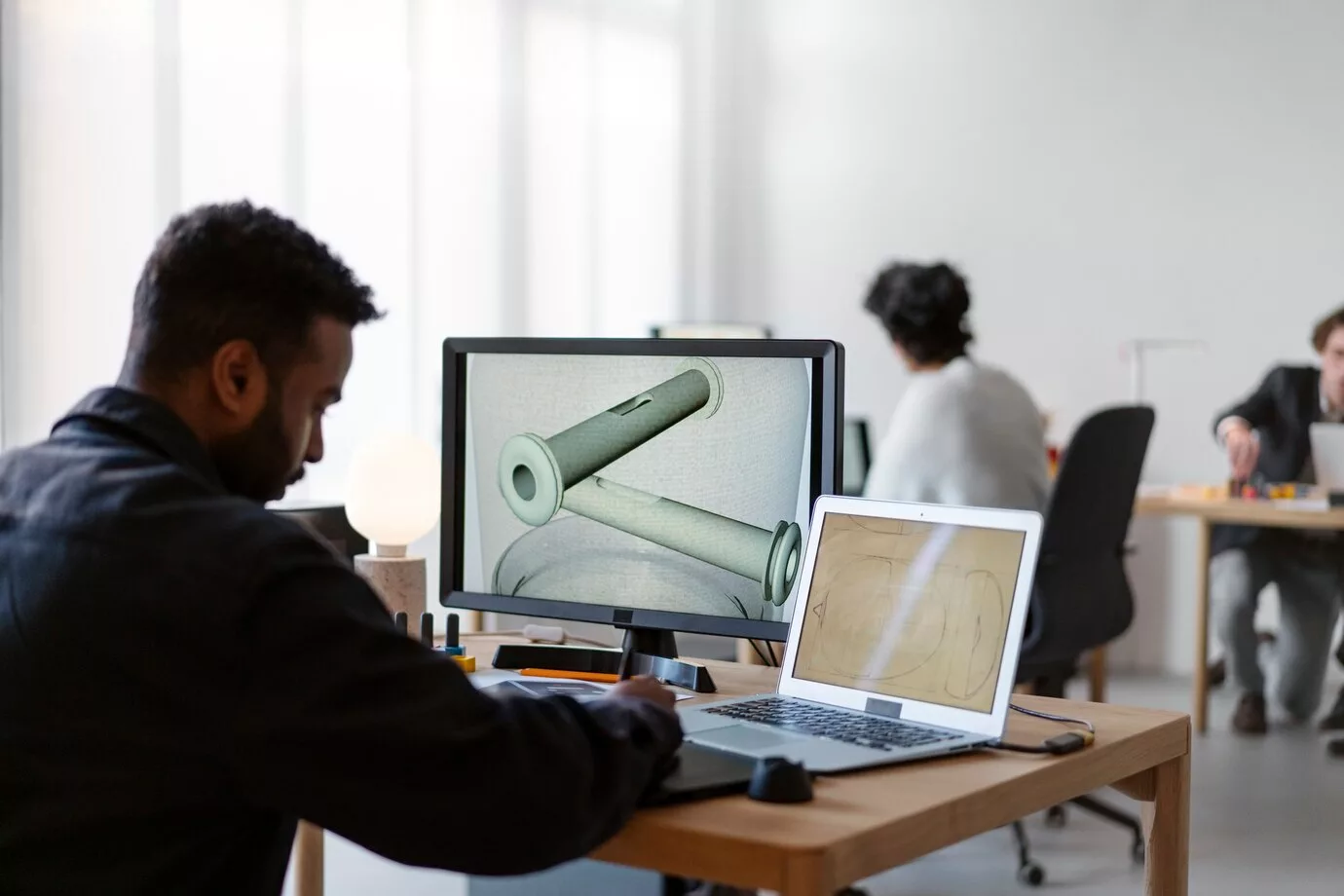

Lean Product Development
Streamline research and product development for faster time-to-market
In a rapidly evolving world marked by dynamic shifts in technology and consumer preferences, achieving success in product development has become more challenging than ever before.
To navigate this complex landscape, it is imperative to embrace efficient methodologies that enable product excellence, reduce waste, and ensure continuous improvement in product development. This proactive approach enhances competitiveness and paves the way for sustainable market success and growth.
Traditional Approach
Lean Approach
Traditional Approach
Simultaneous R&D
Lean Approach
Research prior to development
Traditional Approach
Waterfall projects
Lean Approach
Agile projects
Traditional Approach
Functional work silos
Lean Approach
Value stream organization and teamwork
Want to master Product Development Excellence?
Ready to start?
Impact
25 to 35%
Average time-to-market reduction
20 to 30%
Average R&D cost reduction
90% +
Average on-time-delivery
Results
Quality
- Achieve high revenue from new products
- Right first time (zero customer complaints, zero rework)
Cost
- Optimized R&D costs
- Cost-effective products
- Optimized production costs
- Vertical start-up
Delivery
- On-time project delivery
- Swift time-to-market
Motivation
- Empowered and motivated teams
- Unleashing team potential
Growth
- Steady sales growth
Learn more about our Product Development Solutions

Portfolio & Capacity Management

Set-Based
Engineering

Lean Project
Management

Lean Product
Design

Production Preparation
Process
How to Improve Portfolio & Capacity Management?

- This involves creating a visual plan that outlines the development and integration of products and technologies over time.
- To provide a strategic framework for aligning product development with business goals and to optimize capital and expenses spent over longer periods to get more profit.
- Structuring and organizing teams, roles, and responsibilities to develop and deliver products efficiently.
- Optimizing the product development process to improve collaboration and enhance organizational productivity.
- A project management approach where projects progress through predefined phases, with gate reviews determining if they should proceed to the next phase.
- To ensure projects meet specific criteria and are well-managed at each phase, reducing the risk of failure.
- Process to prioritize and visually represent projects to focus teams on high-impact projects and improve portfolio management.
- To maximize the value of projects by focusing on the most critical ones and ensuring transparency in project management.
- Tools to manage resources and capacity to match demand for project work.
- To avoid resource bottlenecks, ensure efficient resource allocation, and meet project deadlines.
How to Optimize Research Processes (SBE)?

- Methodologies to visualize requirements and customer knowledge gaps using CI boards to meet customer needs and preferences.
- To align products and services with customer expectations and improve customer satisfaction.
- The process to identify technical knowledge gaps using “alternatives matrices” and “causal maps”.
- To identify knowledge gaps and to make a feasibility plan.
- Implementing iterative cycles using LAMDA to learn and improve continuously.
- To solve knowledge gaps, ensure continuous improvement, and accelerate product development through aggressive front-end learning.
- Grouping the information collected during the learning cycles to define a design space and choose the final optimal solution.
- To review learning and optimize the design space using check sheets.
How to implement Lean Project Management?

- Project charter to define the objectives, scope, deliverables, organizational structure, and initial planning of a project.
- To establish the project’s purpose and parameters by providing a foundation for successful execution.
- Project design map to define the project’s backbone and to accelerate the iterations needed.
- To eliminate unnecessary tasks and waste and to create flow in the project.
- A project management technique that manages resource constraints to optimize project schedules.
- To improve project completion times and resource utilization by identifying and mitigating critical resource bottlenecks.
- A project planning and control system used in project management.
- To improve the planning and predictability, fight against uncertainty and complexity of the project delivery, and help the relationship management, communication, and commitments.
- A visual management approach that uses dedicated spaces for information sharing and decision-making.
- To facilitate cross-functional communication and decision-making to improve project and process control.
How to implement Lean Product Design?

- It is a structured process of using various techniques to gather deep insights from many users as to the needs and wants related to new product opportunities.
- To ensure that products and services align with customer expectations and deliver value.
- The process to transform VOC results into customer (external and internal) requirements.
- To guide product development and ensure that customer needs are met.
- Process to define the technical specifications and features that a product must have.
- To provide a clear vision for product development and ensure that it meets technical standards and stakeholders’ needs.
- A systematic approach to identifying and mitigating potential failure modes in a product.
- To enhance product performance, quality, reliability, and safety by proactively addressing potential failure risks.
- Methodology to plan and conduct prototypes and tests to validate product design.
- To refine and improve product designs based on real-world testing and user feedback.
How to improve the Production Preparation Process?

- The process of selecting and managing suppliers to procure materials, components, and equipment.
- To ensure the availability of quality supplies, manage costs, and maintain good supplier relationships.
- A process to design low-waste production systems, focusing on mitigating project risks.
- To optimize production operations, reduce waste, and improve product consistency.
- Incorporating quality and TPM (Total Productive Maintenance) into the production process.
- To enhance product quality, reduce defects, and maximize equipment uptime.
Client results
Learn how to implement it in your organization
Would you like to know more about lean tools?
Get to know our “Lean Product Development” program to develop continuous improvement skills in this area





